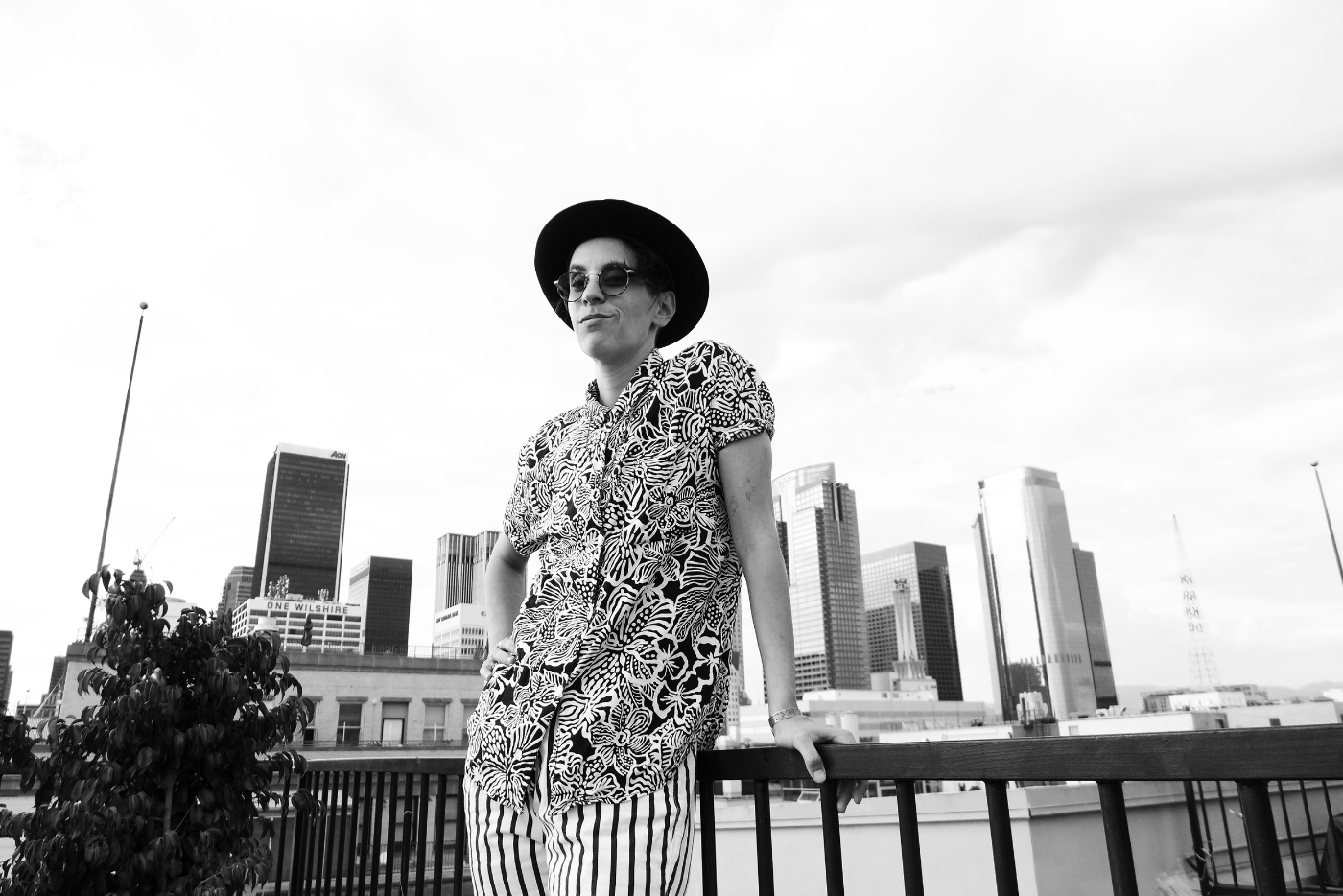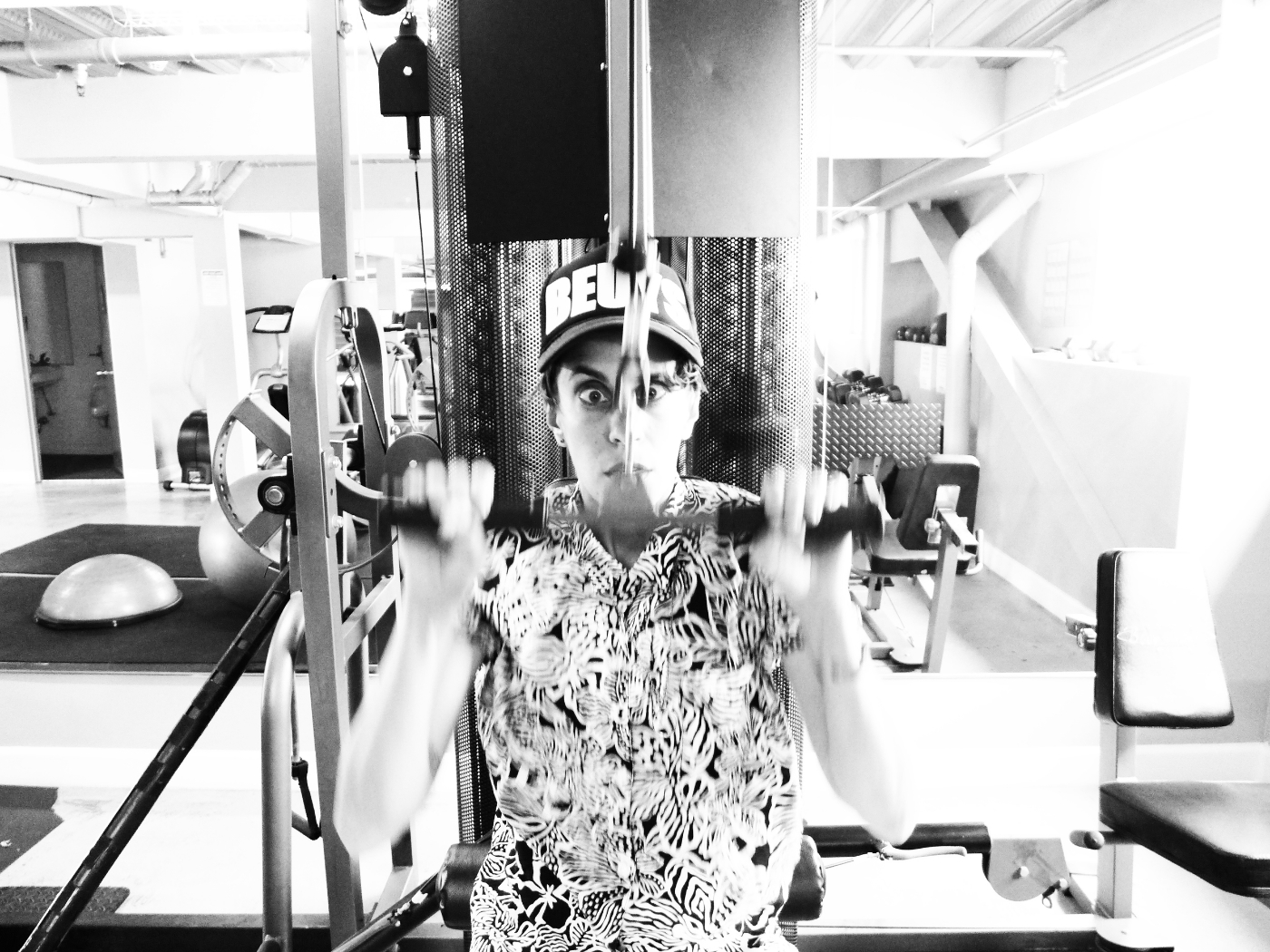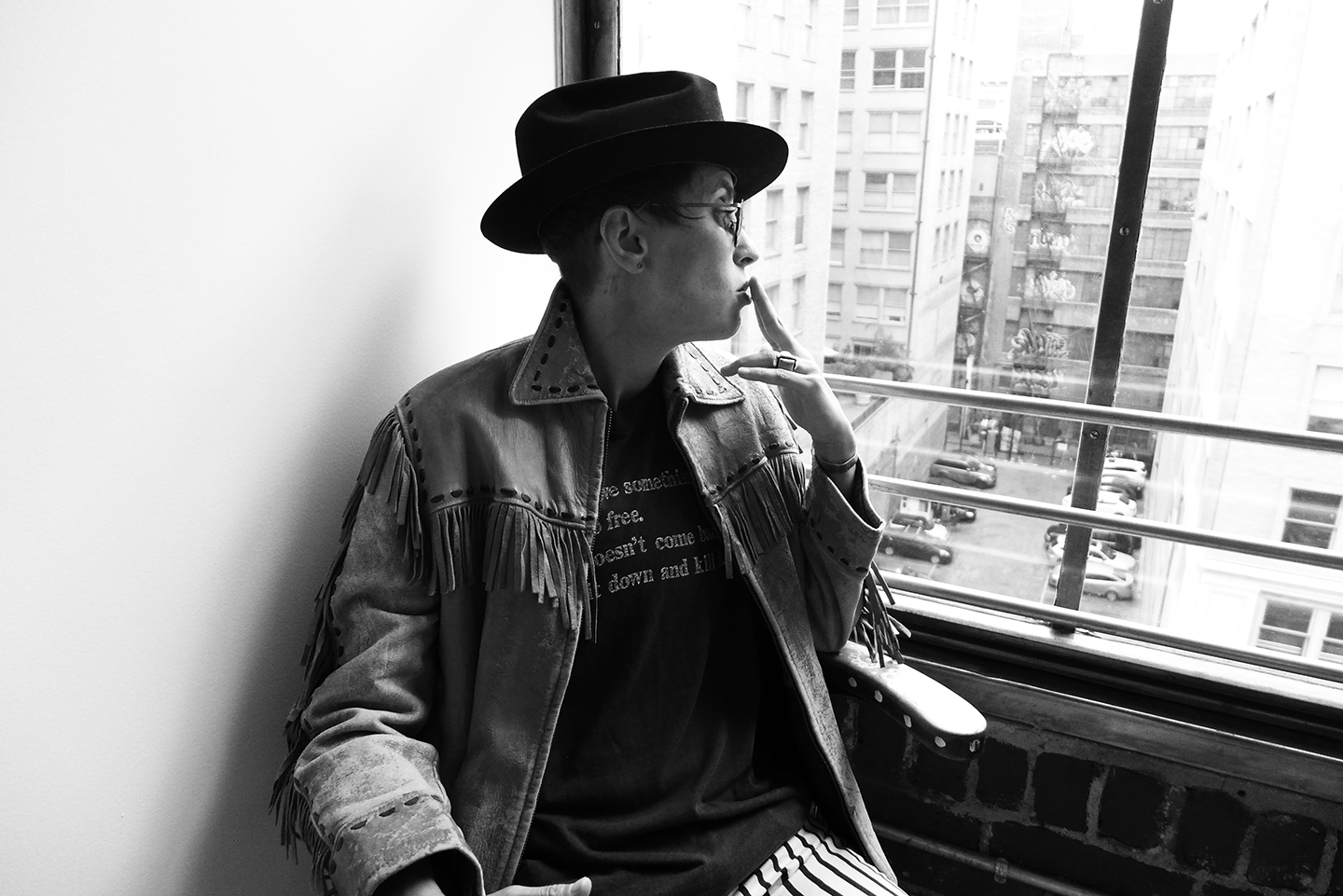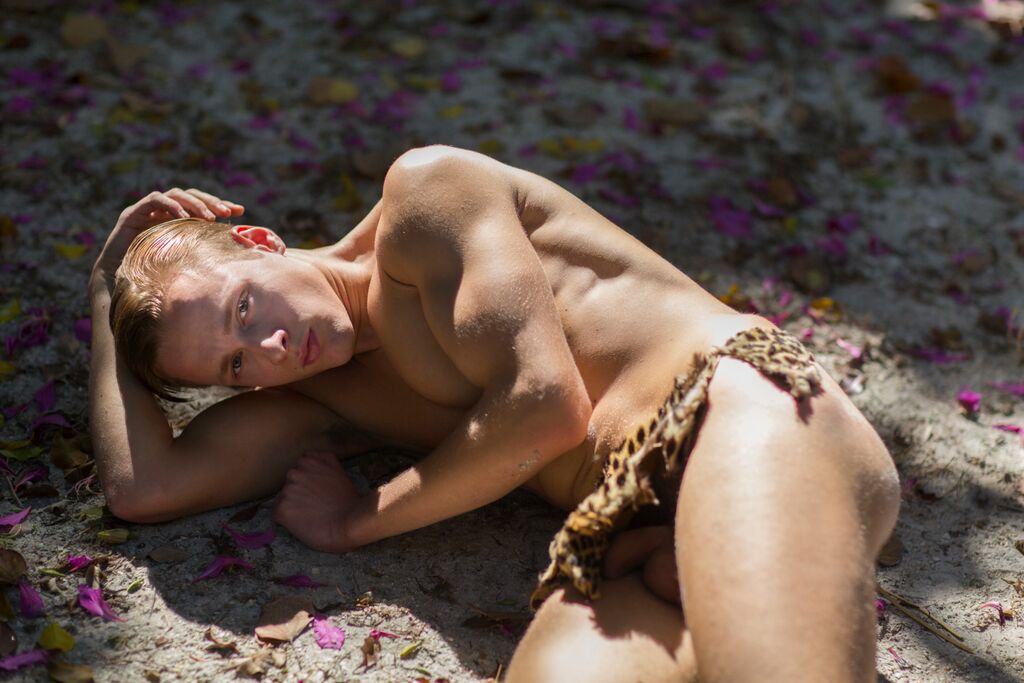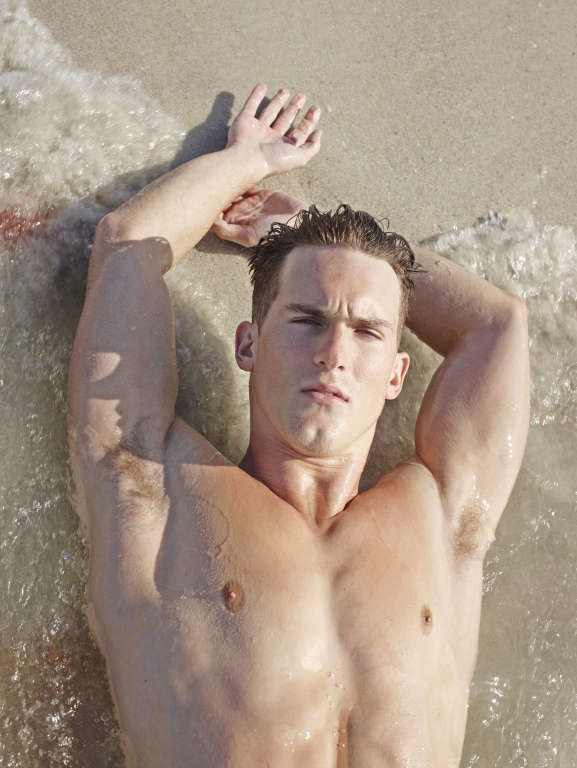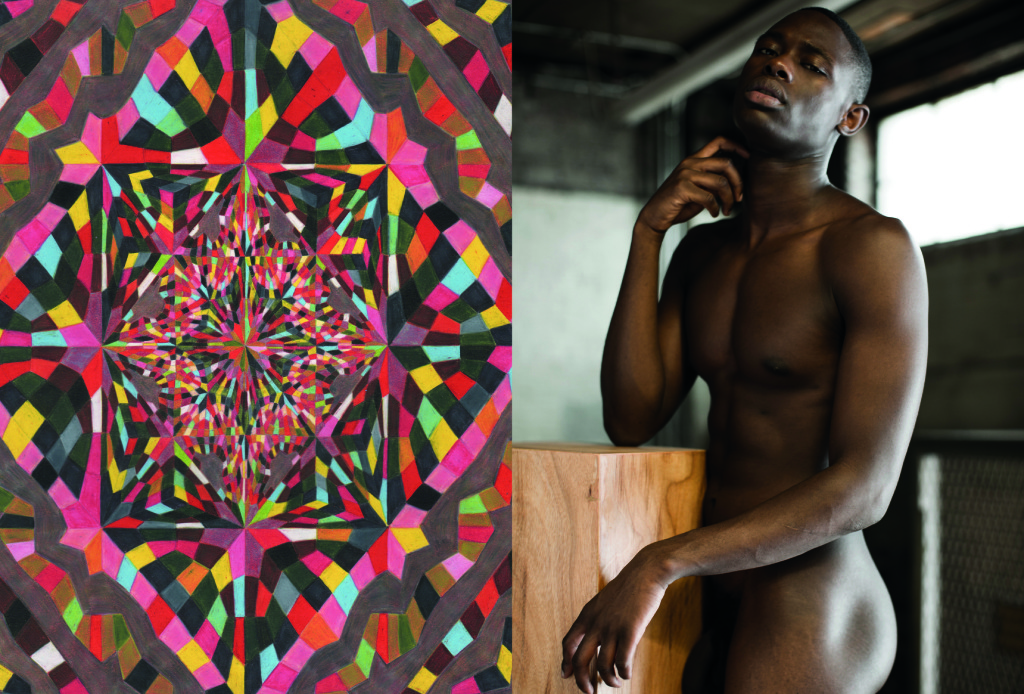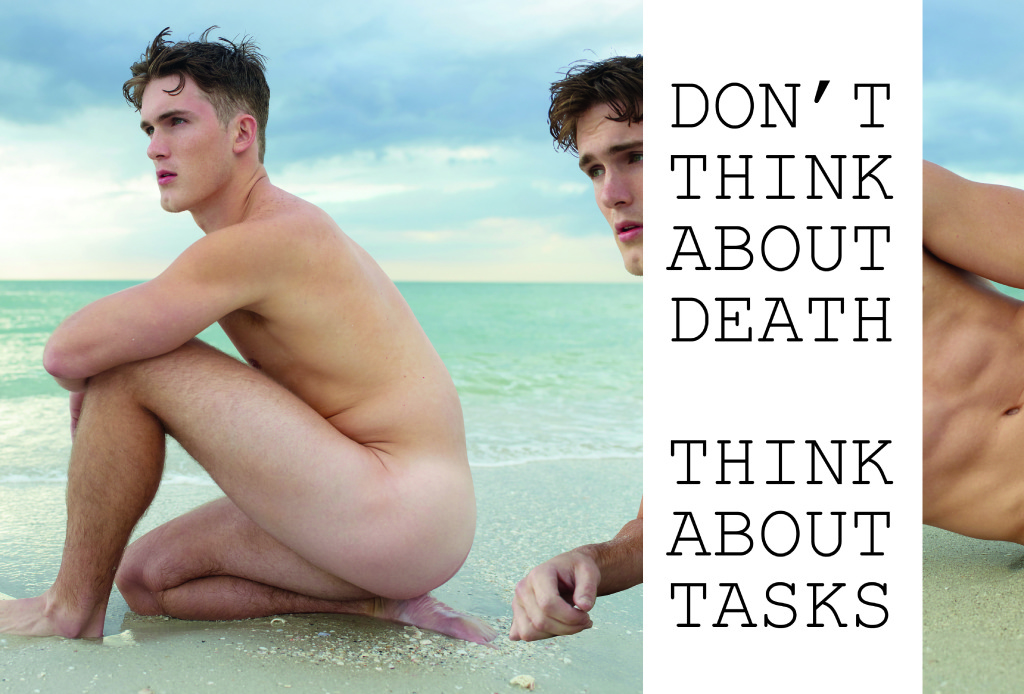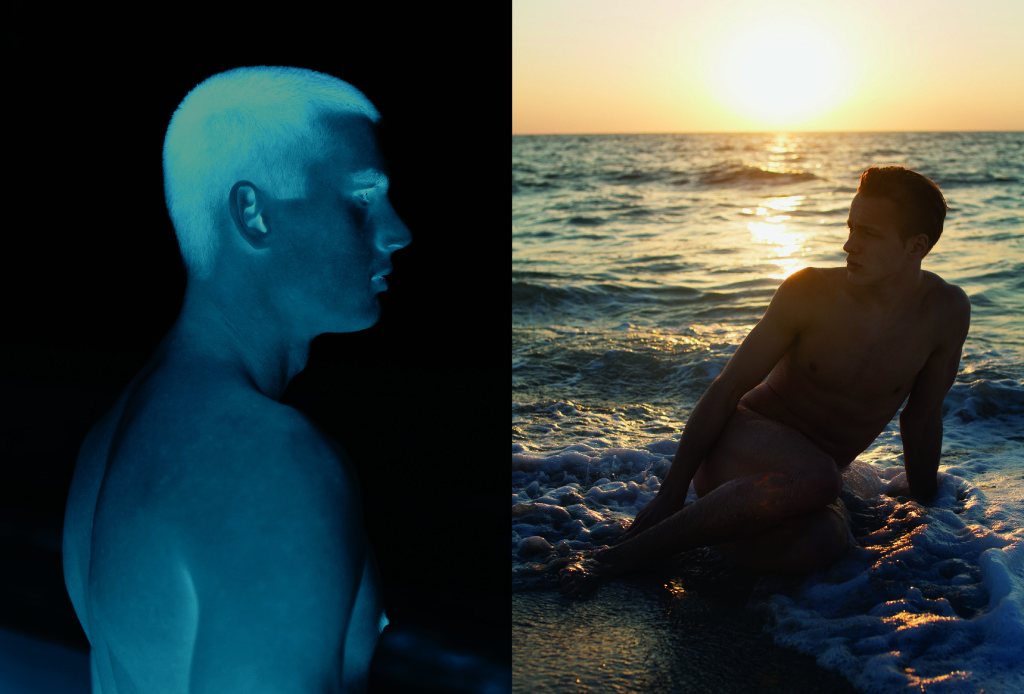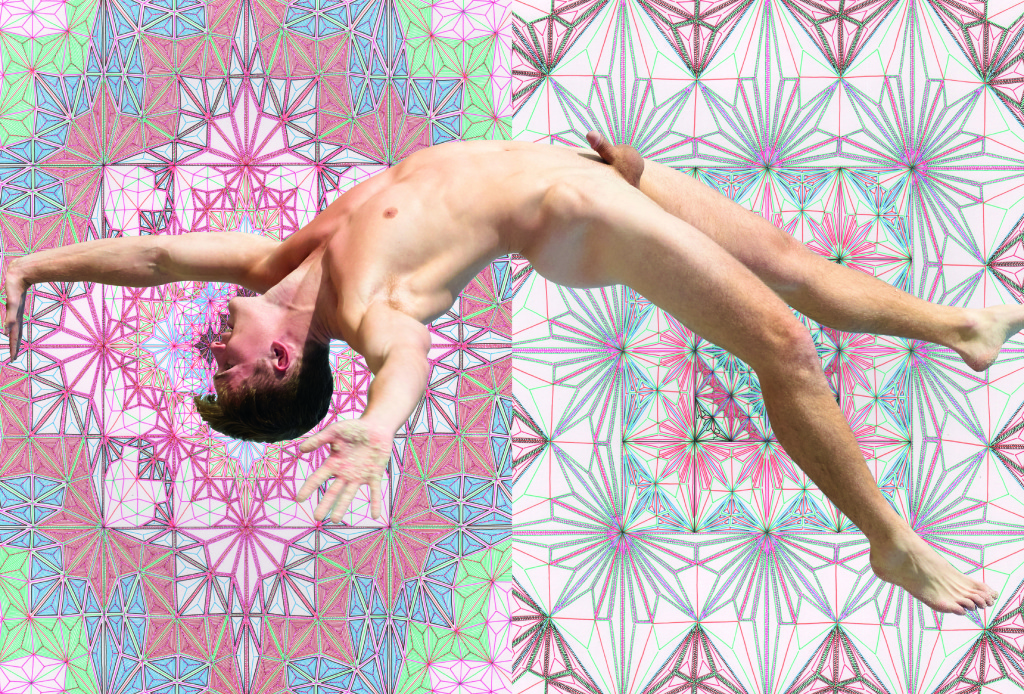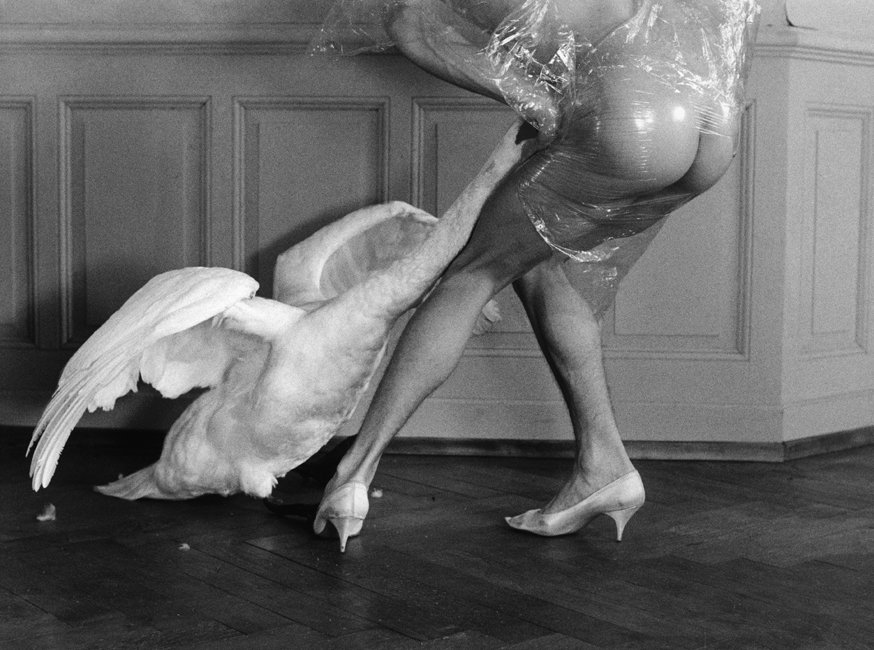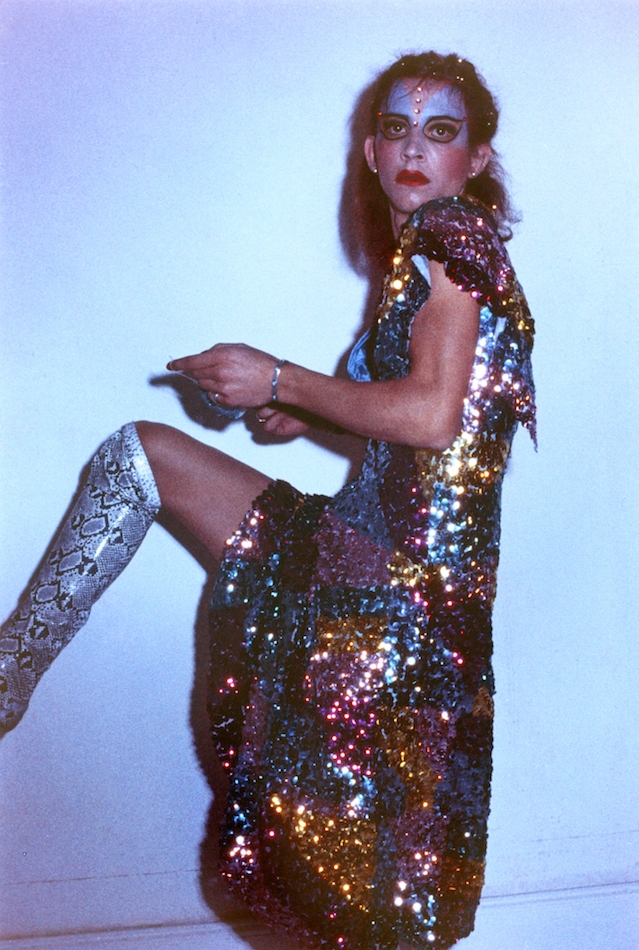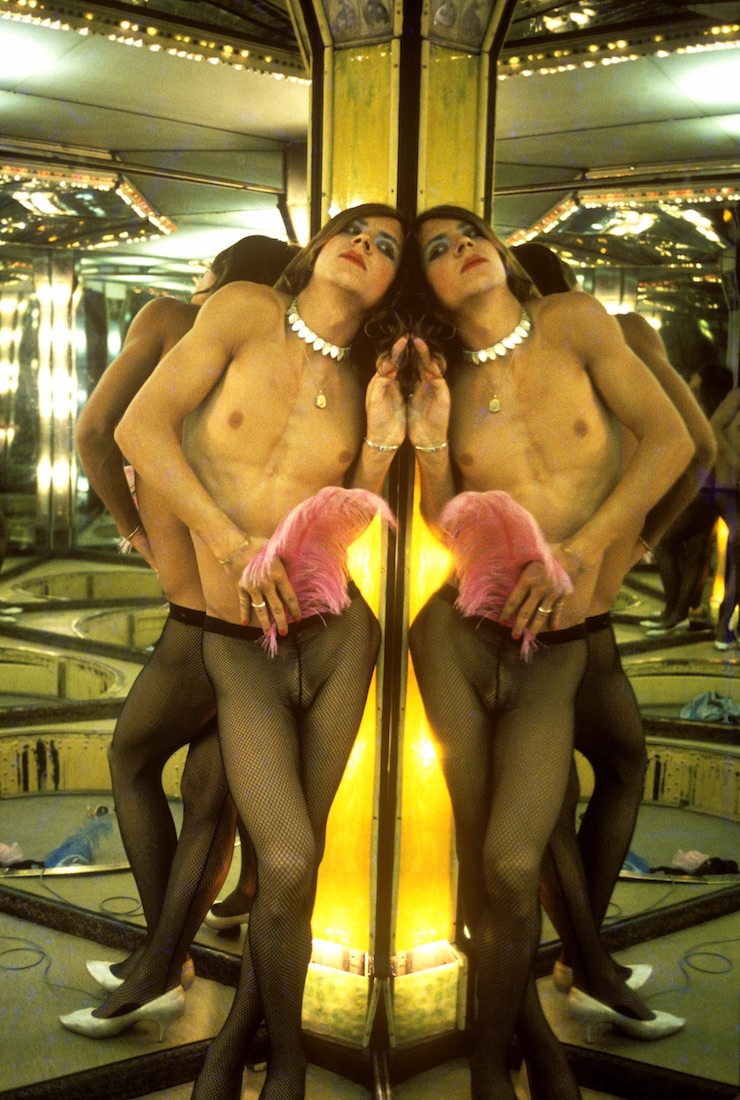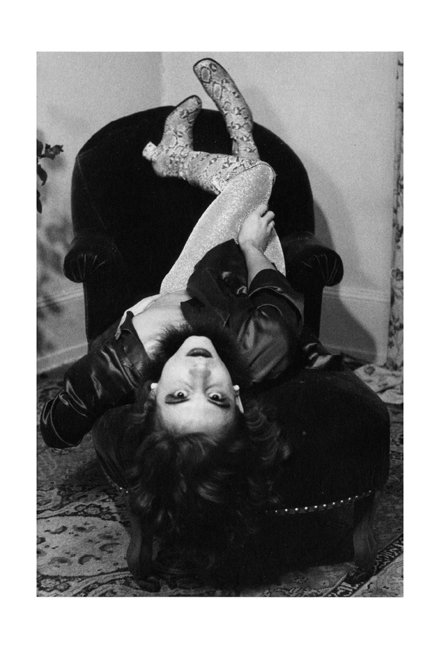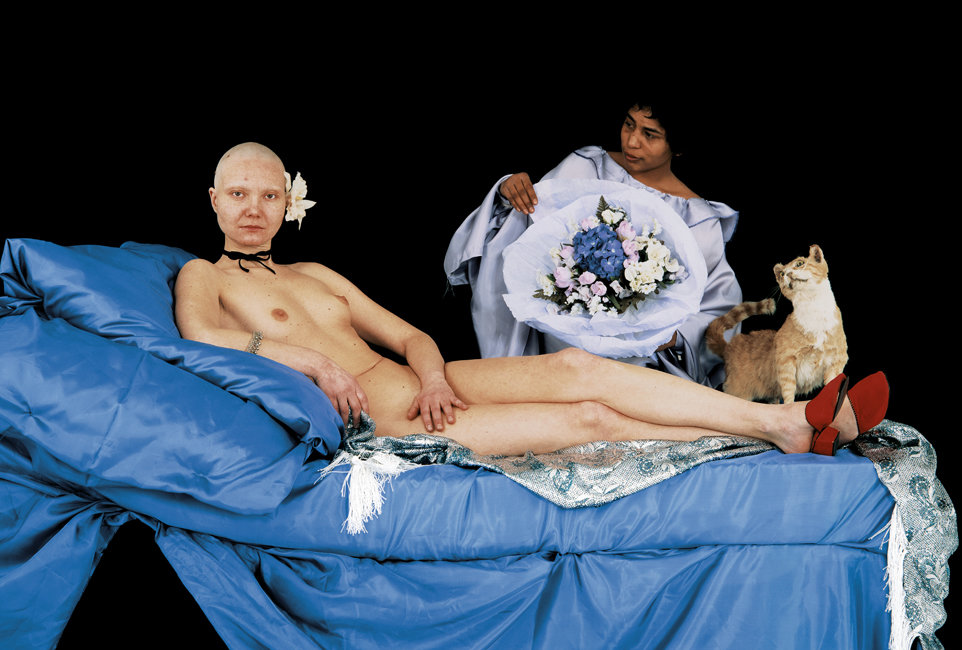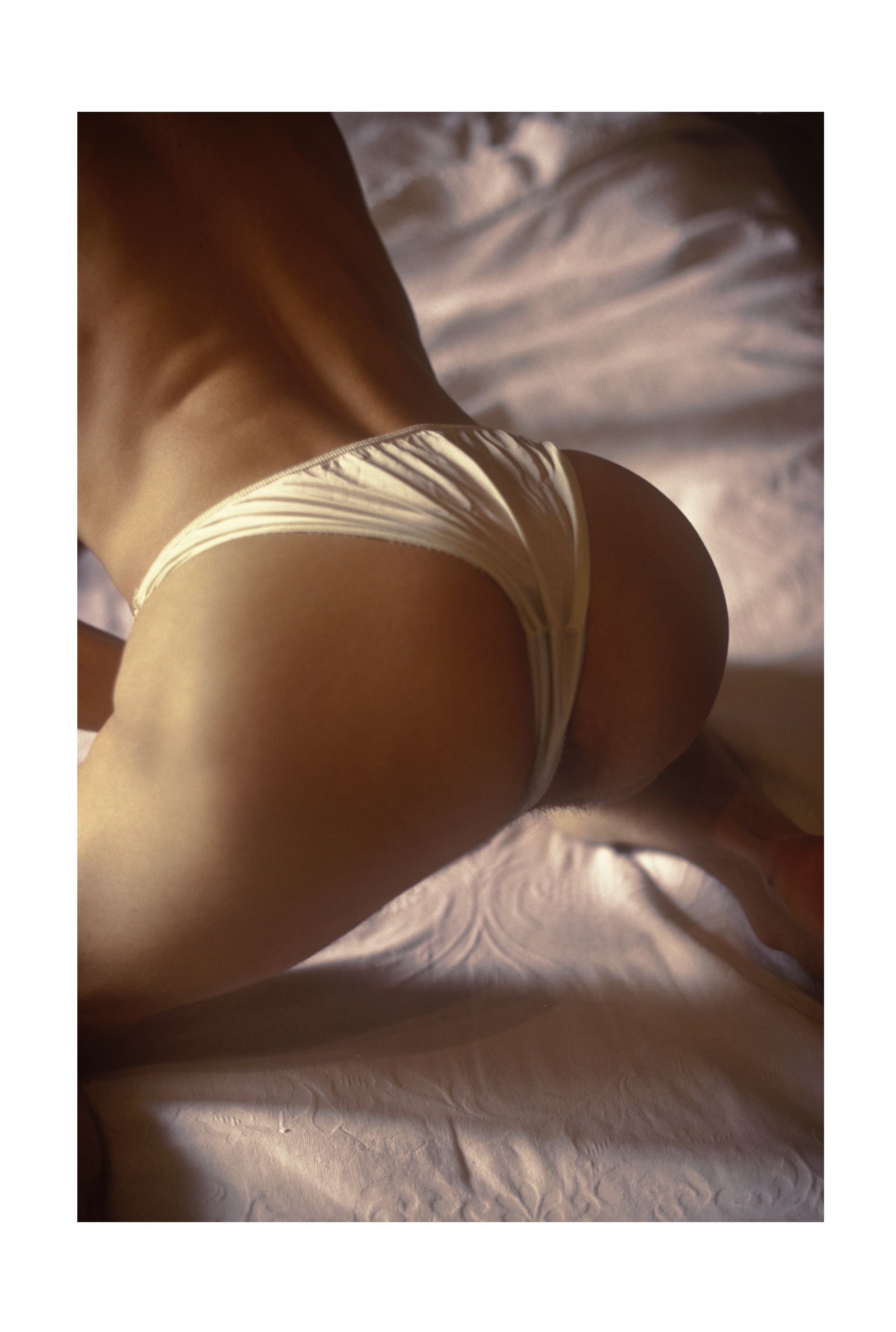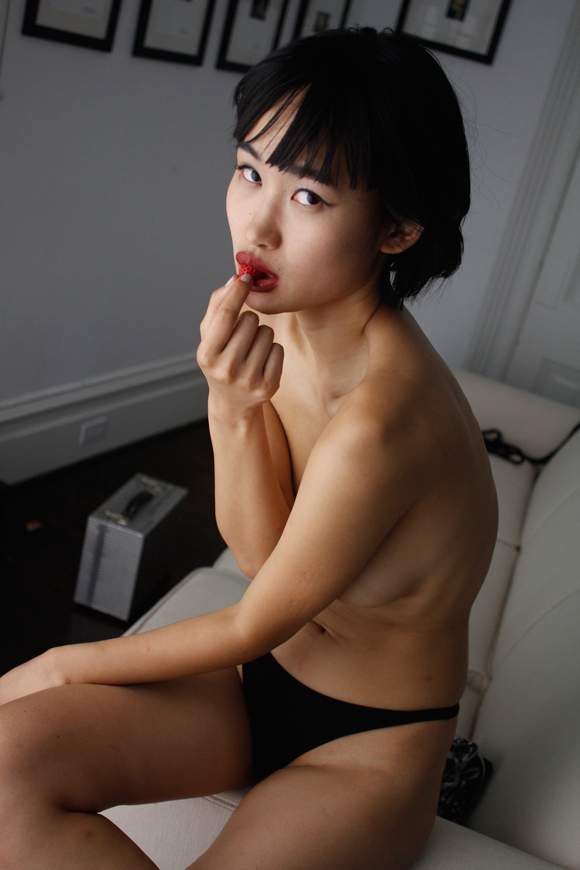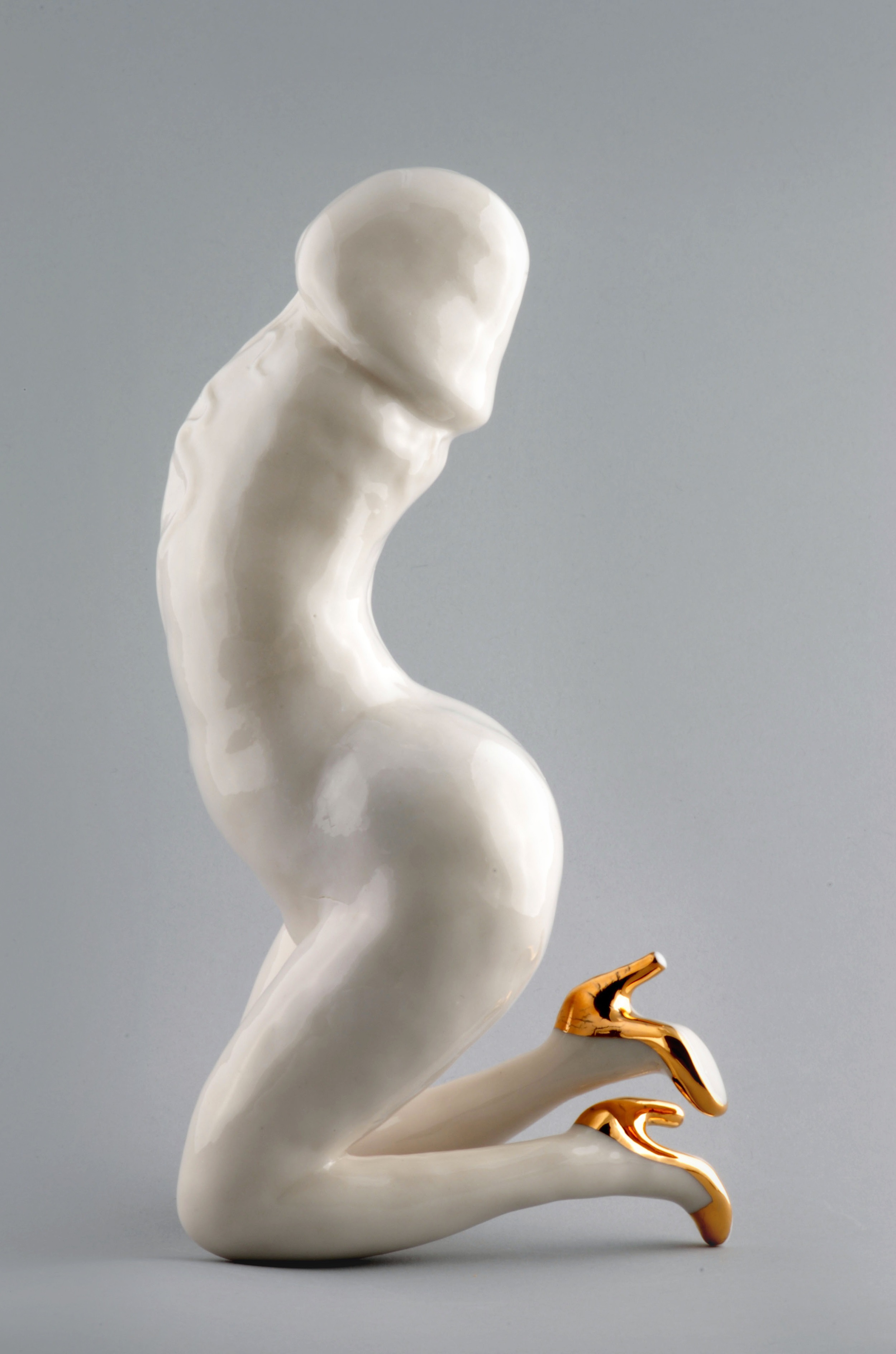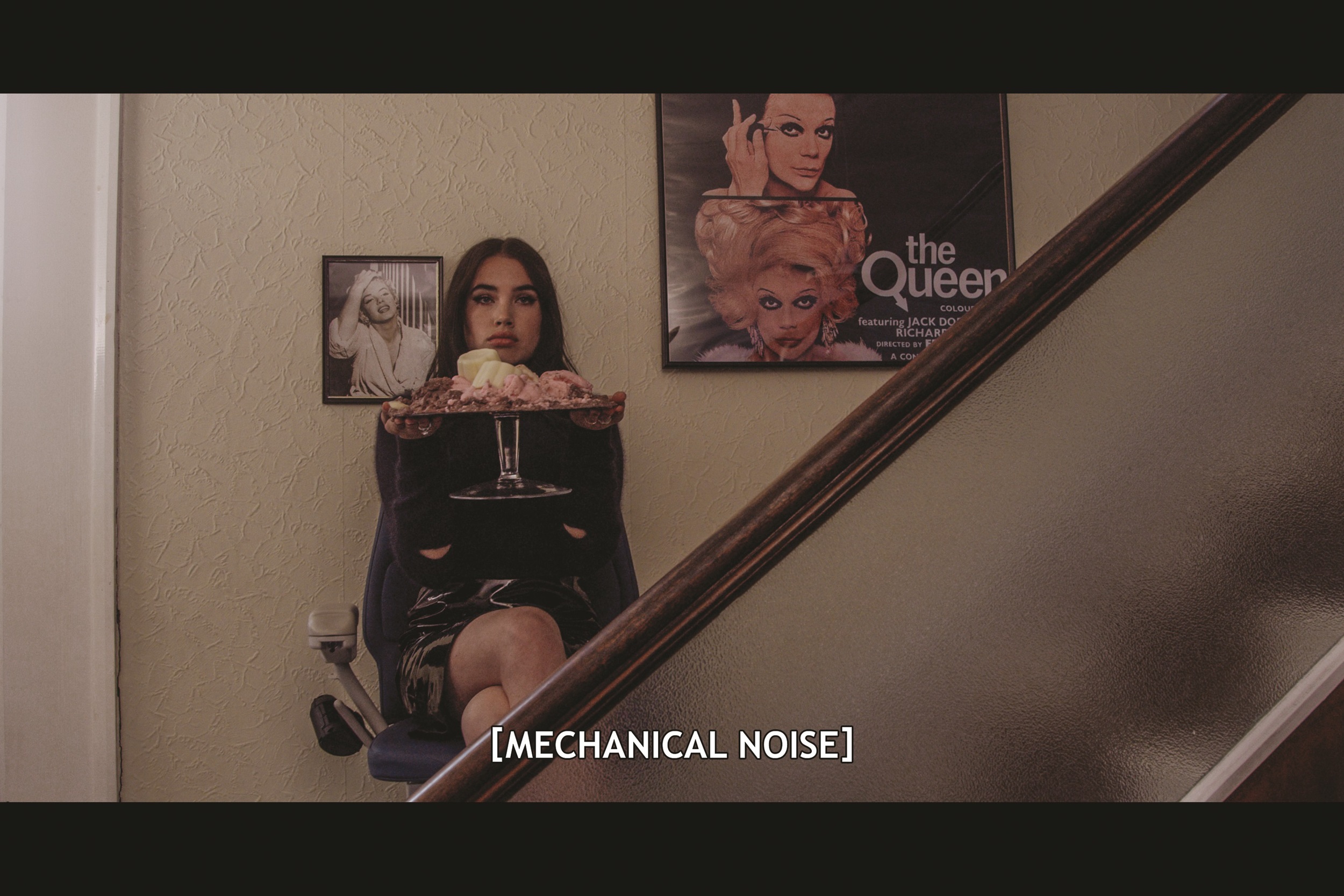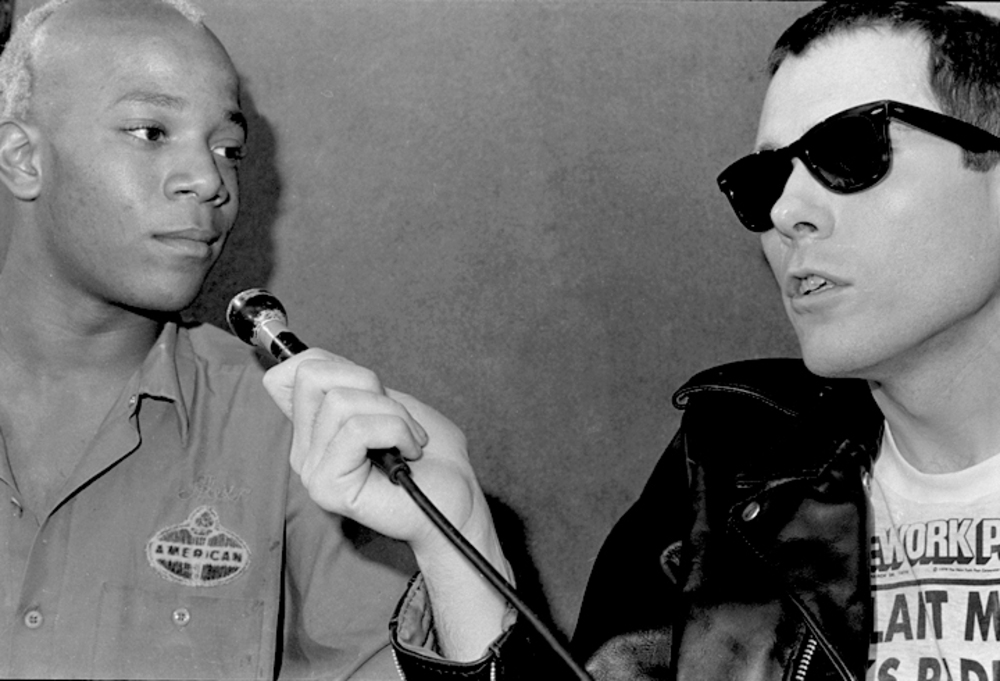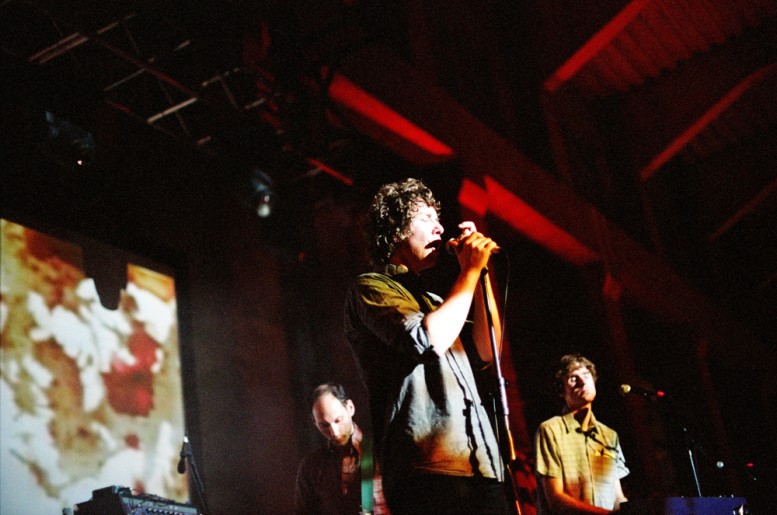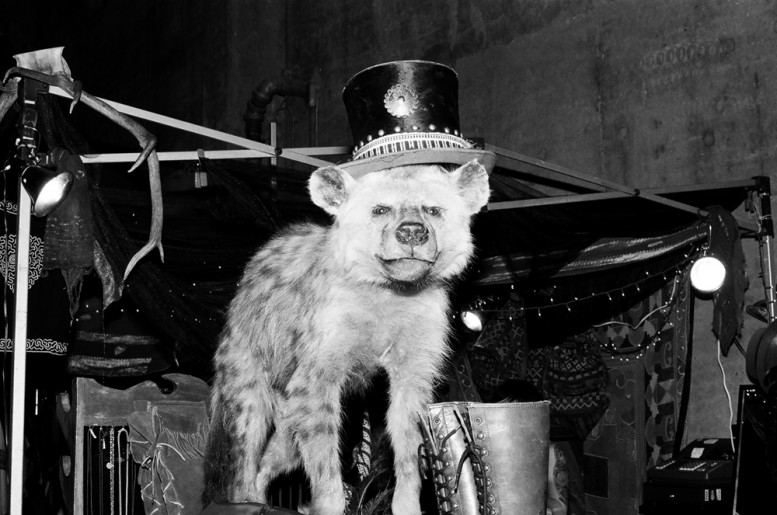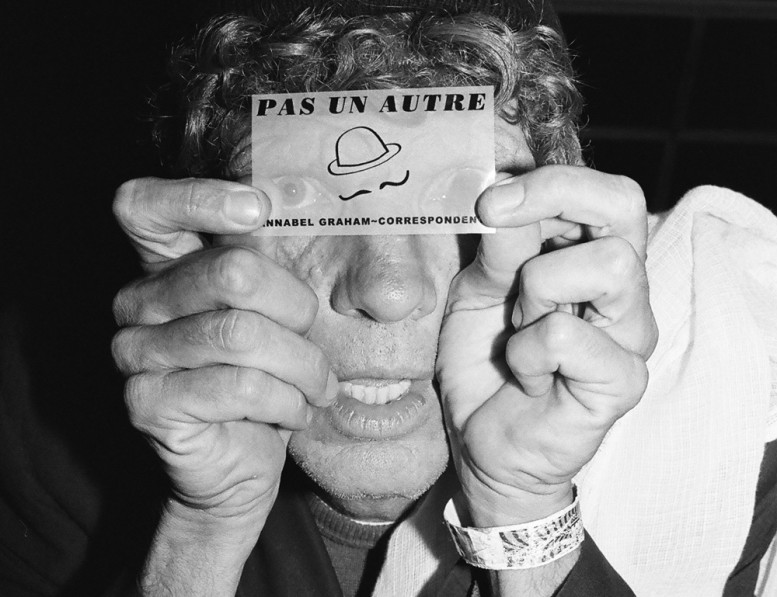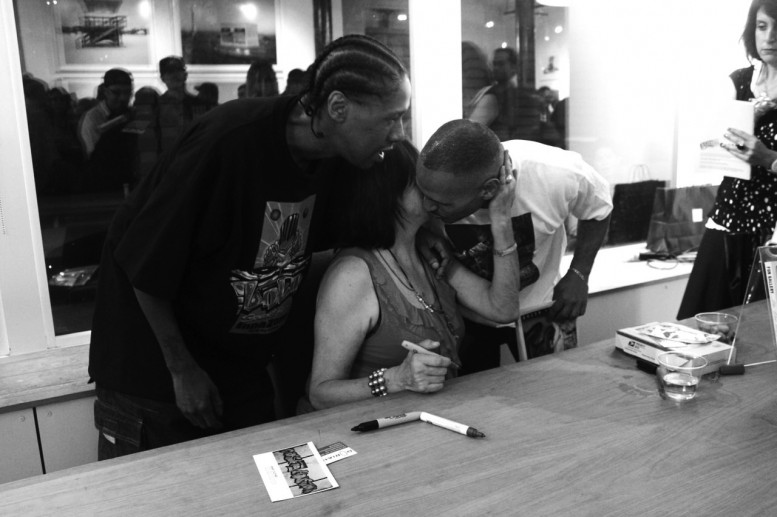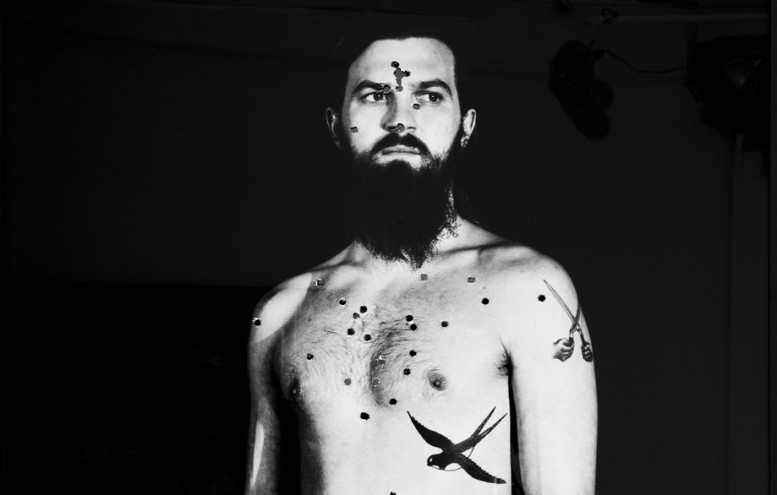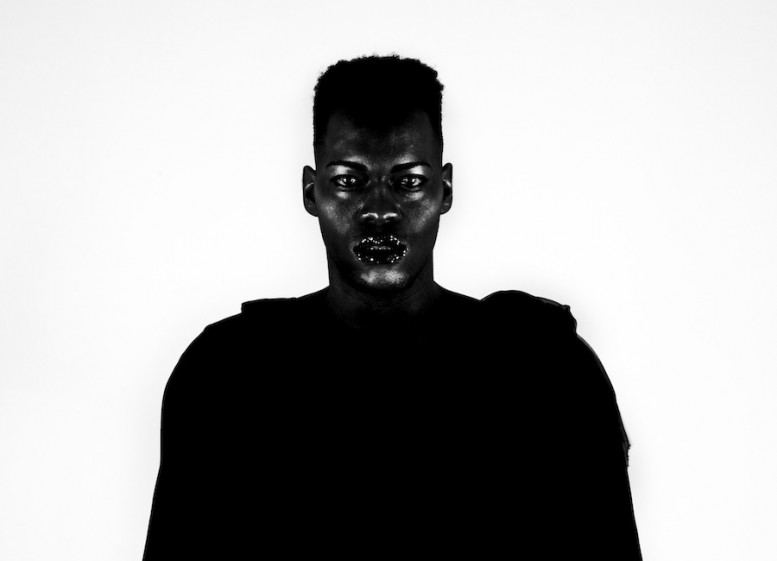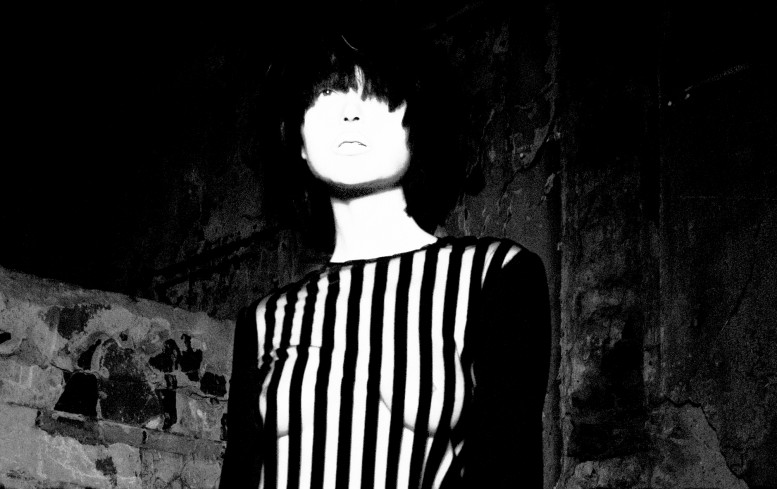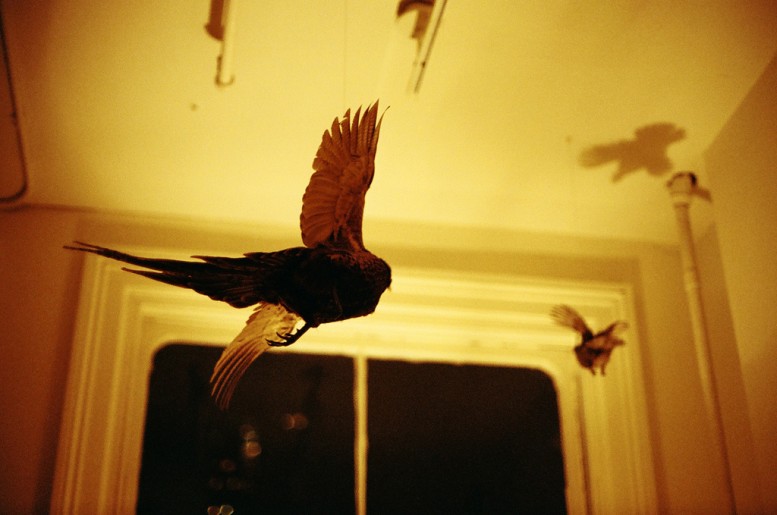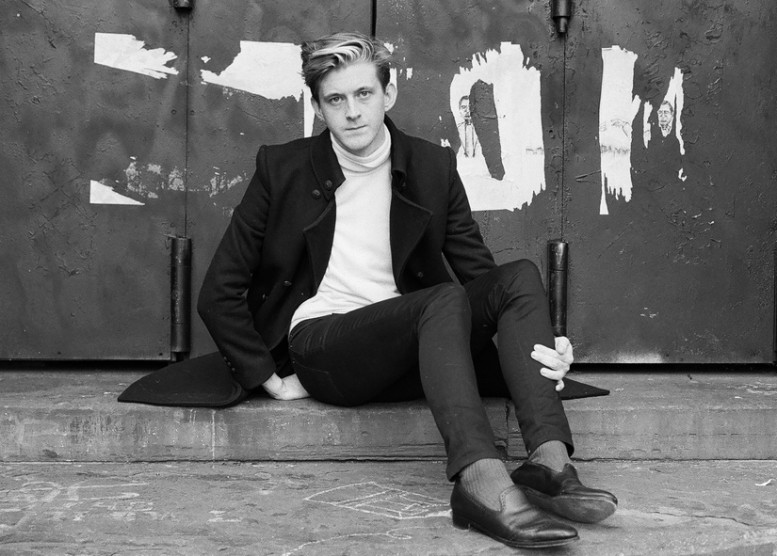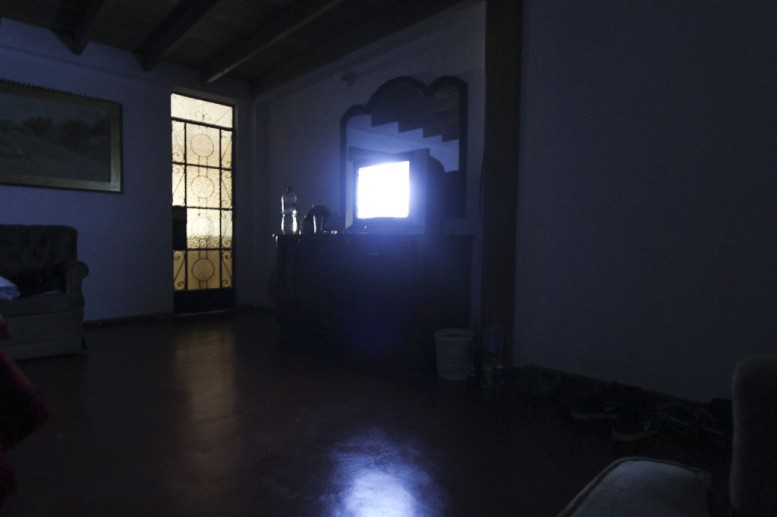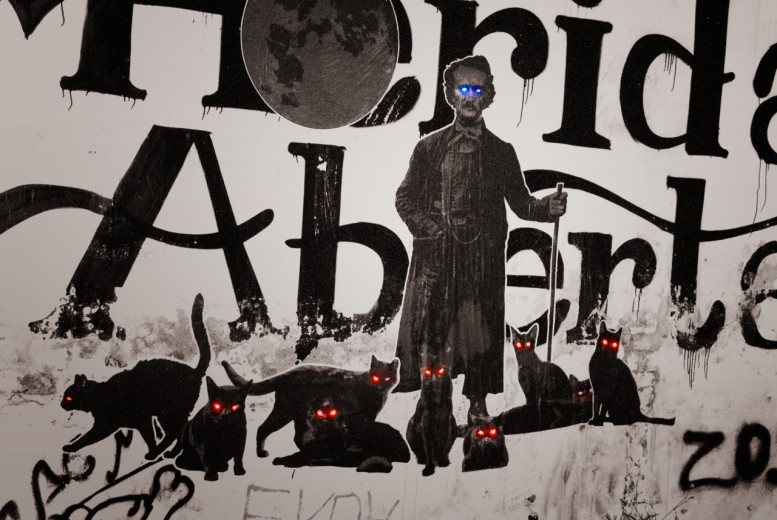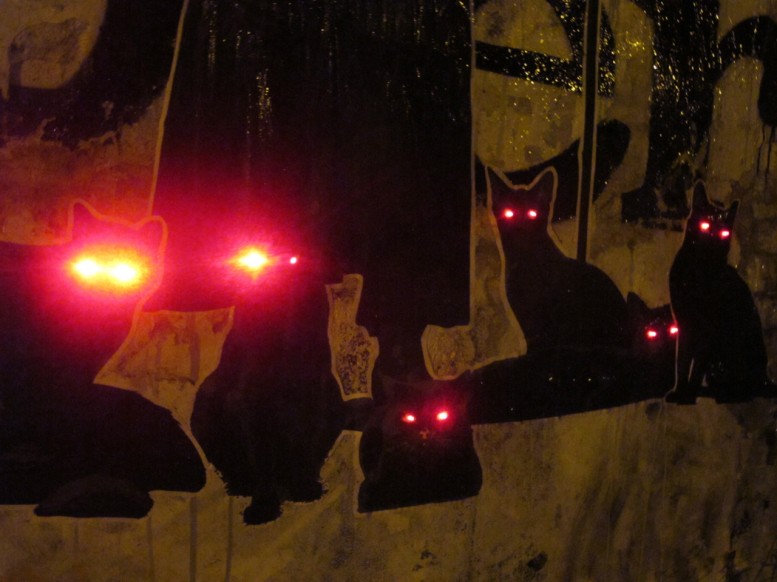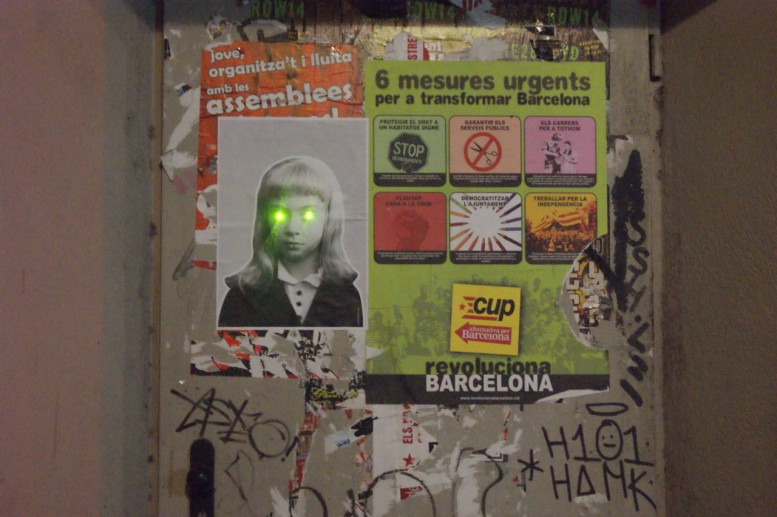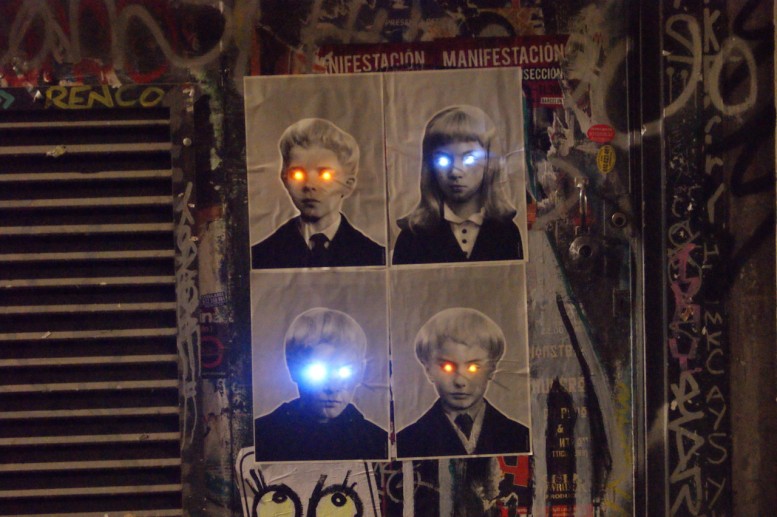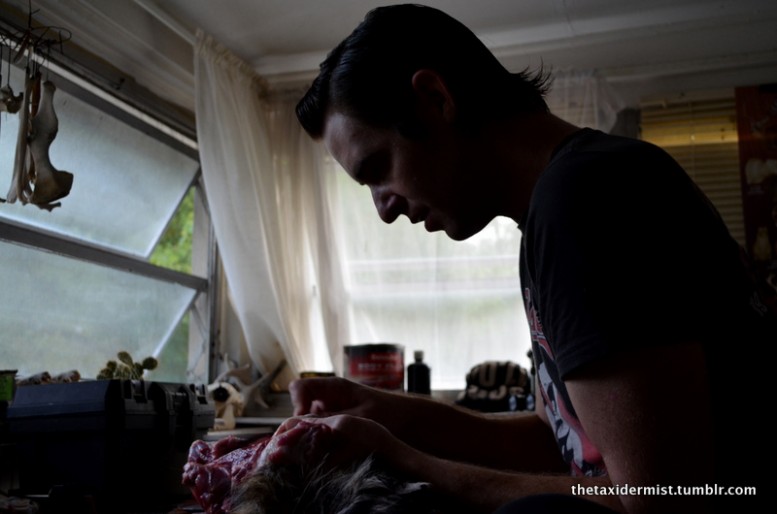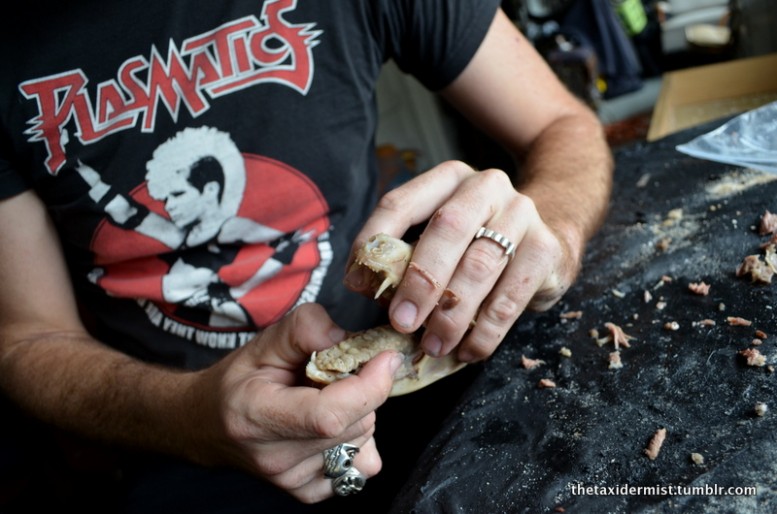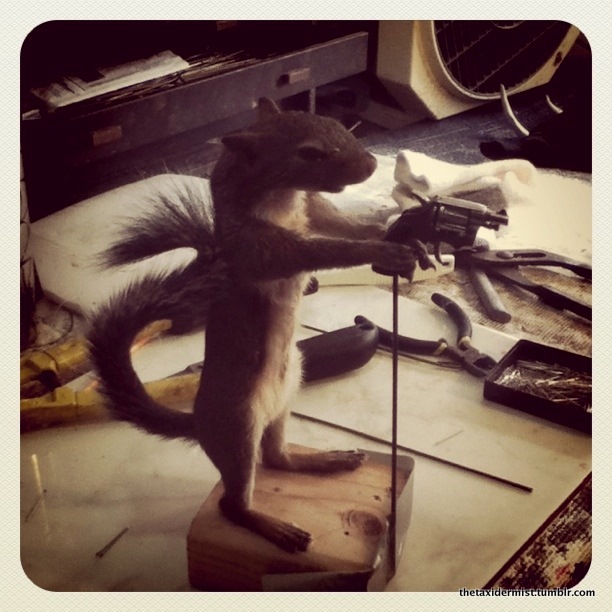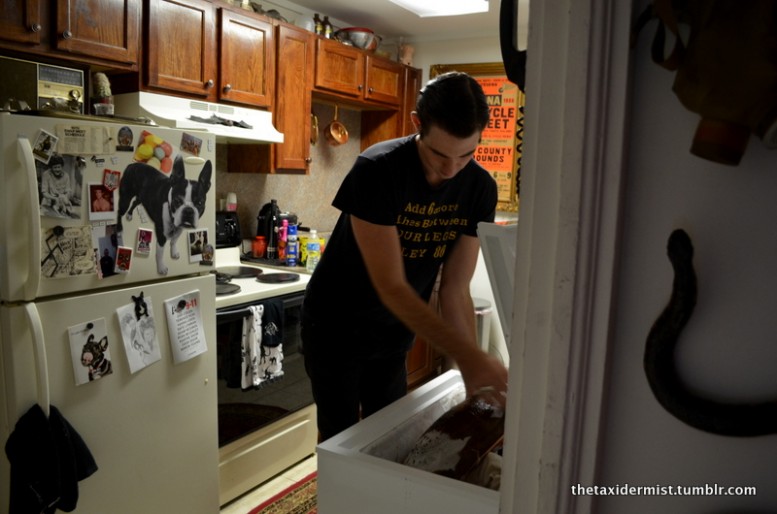Speaking to Azalea Lee is like talking to that wise aunt who has all those otherworldly insights that she wraps in easily accessible metaphors so that you don’t have to work too hard to arrive at the answers. Whether you actually have that aunt, or you always wished you had that aunt, when you walk into her crystal shop, you immediately feel that sense of comfort and familiarity. Her space is in an old building in the fashion district of Downtown Los Angeles. There’s a weird old elevator that you take to the 9th floor, walk down a short dark hallway, ring the bell and the door opens to a bright, white room with a sweeping landscape of the city and a friendly woman who asks you to take off your shoes. Entering Place 8 Healing is like walking through the pearly gates in a dream where you know you’re not dead, and this isn’t eternity, but somehow you feel lighter and more at ease. There’s a cubby station next to the door with a cushion that you can sit on where we eventually held the interview. She explains that we spend so much time wearing shoes and clothes that we lose our grounding; that removing that barrier between our feet and the ground is an essential part of rooting ourselves with the Earth.
We start with a crystal consultation. Azalea asks us to walk around the space and take a look at all the stones, making note of one or two that we find pleasing and one or two that we find displeasing. However, she urges us not to read any of the descriptions – to just go by our gut reactions. Azalea’s practice is all about intuition, and it’s how she leads her life. There are about 4 large, glass cases with crystals arranged on shelves according to their respective gemological families. We slowly walk around each case in perfect silence until we both spot a small, oblong pink crystal that is vibrating on the top shelf. We decide that it must be calling us. Once we’ve each selected a few crystals that we do and don’t like she explains how they may apply to our lives in very specific and astute terms. We tell her about the pink stone that was vibrating and she giggles, “Oh yeah, the mangano calcite, that one’s not in a very stable position so it tends to shake a lot.” She has a great sense of humor.
There’s a shelf of stones carved into the shapes of penises in one case. When we inquired she said that she doesn’t use them in her healing sessions at all, she just saw them at a gem show one time and started to collect them because they make her laugh. Thus is her affinity for crystals. If she feels any kind of reaction to them, she sees them as useful. She says that the crystals you find pleasing are important, but the crystals you find displeasing are even more important. They carry the lessons you need the most; the ones you avoid like the plague because they’re the hardest to face. In the case of Oliver and me, she was pretty dead on. In the following interview, we talk to Azalea about how she discovered her vocation for crystal healing, some of the more extreme reactions her clients experience, spirit animals, past lives and what she says to skeptics.
Summer Bowie: When did you first experience a calling toward crystal healing?
Azalea Lee: So it’s a kind of circuitous story. When I was born I had always known that I had a purpose in my life, but I had no idea what it was. So as the years went on I kept asking myself, "'What’s my purpose?' I met the love of my life. Great! That’s nice. What am I supposed to be doing with my life? Got a house. Great! What am I supposed to be doing with my life?” I had always been interested in spirituality. I had always been a seeker and studied metaphysics. And so the years went on and then when I was about 37, I started looking into making metaphysical fine jewelry, but I couldn’t really find anything that was of quality, and that was my aesthetic. In general, the most common metaphysical aesthetic is much more bohemian, and as you can see from the space, that just is not my aesthetic at all. I’m just much more minimalist.
So I just wasn’t finding metaphysical jewelry that appealed to me. But in the meantime, my husband and I started rockhounding. We went to this mine in central California, which has benitoite, and it’s actually the only place in the world where gem quality benitoite is found. It’s the California state gem. So we found a crystal that was big enough to cut, but I needed a gemstone cutter and I didn’t know any at all. And then my friend said, “Oh I know a gemstone cutter.” And she showed me a gem of his that was like a sculpture – I had just never seen anything like it. So I said whoever this person is, he’s going to be huge and I want to meet him as soon as possible. So I met him, his name is Jean-Noel Soni, and we became fast friends. Soon after I started making metaphysical fine jewelry for myself and then at some point I asked him if he would like to collaborate on something, and he said, “Yeah!” So I decided to take this crystal healing course because I don’t want to read from some book that this crystal means this or that; I just don’t know how they got that information. It’s very “for the Bible told me so” which doesn’t work for me.
SB: Can you describe your first crystal healing experience?
AL: So in that first course I had to do a crystal healing on my instructor’s friend with my instructor watching just in case I got stuck anywhere along the way. And at the end of that she said to her friend, “Can you believe this is her first time?” And I just felt like, “wow I totally get it!” I mean I just totally understood what we’re supposed to be doing. It was like somebody handed me a guitar and I could just riff. So I sort of walked out of that space in a daze and it was like “this is the thing that I’m supposed to be doing” and it just completely landed and I just ran with it.
SB: You were a costume designer and wardrobe stylist in the past. Can you talk about your transition into crystal healing?
AL: Well when I got into costume design and wardrobe styling, I had always known that that wasn’t what I was going to be doing, but it was something I was good at. When you’re working with commercials you just take the idea of what the advertising agent wants, and what the director wants, then look at the actor and find that middle ground. You sort of intuit from the face of the actor what kind of clothes that person would wear. So it was a job that was very easy for me and I was doing a lot of different jobs, although the jobs weren’t always coming together. And in very weird ways a lot of these jobs would fall apart. So I said the universe is telling me this is not the direction I’m supposed to be going. It kept on leading me away and I was getting intuitions to try other things and go a different way. It was as if I was hearing:
-Keep going that way!
And I kept on going that way.
-Keep going!
-Really? I’m getting really close to this edge!
-Keep going!
-Really?!
And then one day when the crystals came it was like the football landed in my arms and I was like, “Oh I better start running!” So that’s how it really felt. It was as if the universe asked me to go to the end of the world, and even though it was scary, I listened. Then all of a sudden out of nowhere this thing landed, and I had the ball, and I just had to run with it, and I did.
"I’ve had sessions that felt like Merry Melody cartoons, sessions where people are in outer space, and ones that are more abstract where people are just seeing shapes and colors. It’s like going to the movies and seeing people’s personal stories."
SB: Wow, that’s a serious calling!
AL: Yeah, if you really listen, it will take you farther than you think you can go. Because it’s really terrifying, but if you are trying to forge a new path, you have to go where no one’s been before.
SB: So you did a crystal consultation with Oliver and me just now, but in a healing session, how do you choose the particular stones that you employ?
AL: Well in the same respect that you were gravitating toward certain crystals, certain crystals are resonating for me to be placed on you. So in a crystal healing session there could be hundreds of crystals placed on and around you. And they’re not static, it changes throughout the duration of the session; what crystals are being placed on you. A lot of it is intuitive, for instance during a session, the only way I can describe it is, you know in cartoons how you see exclamation points coming out of somebody’s head? That’s what the crystals do to me. They demonstrate this: me! me! me! And I go okay, you’re supposed to be the next one, and sometimes I don’t even know what that crystal is about and then I learn about it in this reverse engineering kind of way; seeing how the person reacts to it. Then I see over time with several people what this crystal does for them. So that’s one way the crystals speak to me, and then on the other hand there’s this very left-brained side where I will choose a crystal because I see what the person needs and I know exactly what it does. And so it’s a combination of the two approaches.
SB: What’s the most significant change you’ve felt in yourself since you developed this practice?
AL: There’s definitely a parallel between the themes that resonate with my clients and the themes that resonate in myself. The inside joke among healers is that we’re really just trying to heal ourselves, but we’re doing it in tandem. Each one of us on the planet shares the same stories and we’re all working to heal those same stories. That means that when somebody has a healing in my space, and there’s something that is close to me in that, I also get healed too. It’s such a great situation to be in; it’s really just such a joy to do the work that I do. It’s like when you watch a movie and you really resonate with a character, then when the character gets what they want, you feel really great too.
SB: Yeah, it’s amazing how much we get out of that. So, which stones are resonating with you most right now, and how often does that change?
AL: Well people tend to have theme stones that they resonate with, and I resonate with phenacite. It’s the stone I’m wearing around my neck right now. Phenacite is a very high vibration stone, and it’s about channeling a lot of the spiritual consciousness into the world. It’s a little off-putting if you’re not grounded enough or if you haven’t done the work that I’ve done. It’s like a high wattage stone that I really gravitate towards. I also gravitate towards black tourmaline, which is one of the top three stones that I really recommend for everyone. Tourmalines, if you squeeze them, will develop positive and negative poles with an electrical charge.
SB: That’s right, they have pyroelectricity, and I think they have applications as pressure gauges in electrical devices.
AL: Yeah, if you heat it up it will develop a polarity. But from the metaphysical corollary, black tourmalines have a lot to do with the root chakra. And so what it does with a lot of the negative energy that’s coming toward you is that it can turn it into something that’s neutral or something that’s positive. So it’s basically like, you’re driving down the street and somebody got upset at you because they thought you did something and it helps you to recycle that energy for yourself. It’s like taking the poop and composting it to grow something wonderful.
Oliver Kupper: Can you describe some of the extreme reactions people have had in a session?
AL: Oh yeah, I’ve had some people ask me if they were screaming in the middle of a session. And I say, “Oh yes! You were screaming.” I mean I never know what’s going to happen in a healing session. I always say that I’m not actually doing the healing. You’re doing the healing yourself and the quality of the healing is always dependent upon how willing you are to engage with whatever needs be engaged. That’s the biggest factor. So if people are ready and prepared to go all in, we will go all in. And even people who are kind of like, “I don’t know, I’m just going to try this out and see what it is.” They have some really surprising and intense responses.
Most people describe it like lucid dreaming. They’re fully somewhere else, but they’re able to communicate to me what they’re experiencing, and I’m able to ask questions to help them journey wherever they need to go. And the crystals are like resonances – it’s like being at a soundboard, and I’m adjusting the frequencies as you’re going along. If you need more heart support, I bring the crystals that are more geared toward heart support. I’m constantly adjusting as we go along to see what you need and eventually it all settles. There are a lot of people who resolve a lot of grief, a lot of people will cry, and in my sessions there’s often a lot of humor. I’ve had sessions that felt like Merry Melody cartoons, sessions where people are in outer space, and ones that are more abstract where people are just seeing shapes and colors. It’s like going to the movies and seeing people’s personal stories.
People often meet their spirit animals, which they love, and people often experience past lives. I often ask people if they believe in past lives, and it doesn’t matter to me at all, but it’s just more helpful for the client. For example, I had one person who didn’t believe in past lives, and they ended up in a castle, and they just couldn’t stop saying, “I’ve been here before. I’ve been here before!” So I asked if they’d traveled there before, and they said, “No, but I’ve been here before” and they couldn’t get over it for about 15 minutes. It was really bothering them. But what people often say is that they get clarity. So when you come out of the crystal healing session you feel like, “now I know what I need to implement in the next 6-12 months.” So most people come back after about a year, because that’s about the time when they need another check-in. And the sessions are just far too intense to do more than once in 6 months.
I had one artist who came in and she said, “I wanna know what my next show is going to be about.” So I said, “Okay,” and she had this vision and saw exactly what her jumping off point was for her next show. Which was like, “Ha! Rad, glad to be a part.” So, it’s really fun and always surprising.
OK: What do you say to skeptics?
AL: Honestly, if you can walk out of my session and you have some insight in your life that makes you happier or fulfilled, I don’t care if you feel like it was a placebo. Did it make you happier? Good! That’s really the most important thing to me. Whether or not this is something valid to you, whatever you decide is a measure of truth to you, that’s your own personal decision. I’m not here to persuade anybody.
SB: I’ve read on your site that you’ve been a crystal healer in many past lives. Can you describe one of your past lives? And how do you know it’s a past life?
AL: Sometimes what happens is you travel to a place and it feels so familiar to you and you don’t know why, and it’s because you’ve lived there before. Or you have some karma that you’re working out of that particular place. It’s like you have to come back to the scene of the crime and work out what you didn’t work out back then. For me, one of my favorite ones was when I went to the Sacred Valley in Peru, and I realized I had one of my happiest lives when I was a poor sheepherder. And I experienced me just being on the hill and I had this sense that I had this happy little family. I just had what I needed and my life was just simple and happy. Whenever it was, there wasn't any political drama, so I could just focus on the simple things. And sometimes for people who have had a very traumatic life, what happens is that in another life you’ll have a break life where things are a little easier. Just to give you a moment before you go back deep again. And that was the case in this life. There wasn’t anything really significant in that life. I just remember feeling the sunshine, my sheep, my family, and just all the things that were important to me.
A lot of people have memories of being royalty and skeptics say, “everybody thinks they were kings and queens, but how many could there be?” But when you think about it, there’s been a lot of royalty over the years, and it’s not just kings and queens. It’s dukes, marquis’, lords, etc. And of all the lives to lead, it’s not the most fun. There’s always a lot of political intrigue where everyone’s watching their backs and there’s endless responsibility. There’s so much drama in those lives – I haven’t experienced that those were people’s best lives – those are always the more complicated lives for people to have, which is why those lives come back up and are in need of the most resolution.
But yeah, crystal healing…It’s like trying to describe what it’s like to be stoned to someone who’s never been stoned. I’ve just never heard anyone who could articulate that very clearly.
You can visit Place 8 Healing for a crystal healing session or a crystal consultation at 120 E. 8th Street, Suite 902 Los Angeles, CA 90014. You can also learn all about the various properties of a wide host of crystals and buy crystals from Azalea online at www.place8healing.com. Text and interview by Summer Bowie. Photos by Oliver Maxwell Kupper. Follow Place 8 Healing on Instagram @PLACE8HEALING. Follow Azalea's jewelry line @ASABOVESOBELOW. Follow Autre on Instagram: @AUTREMAGAZINE

